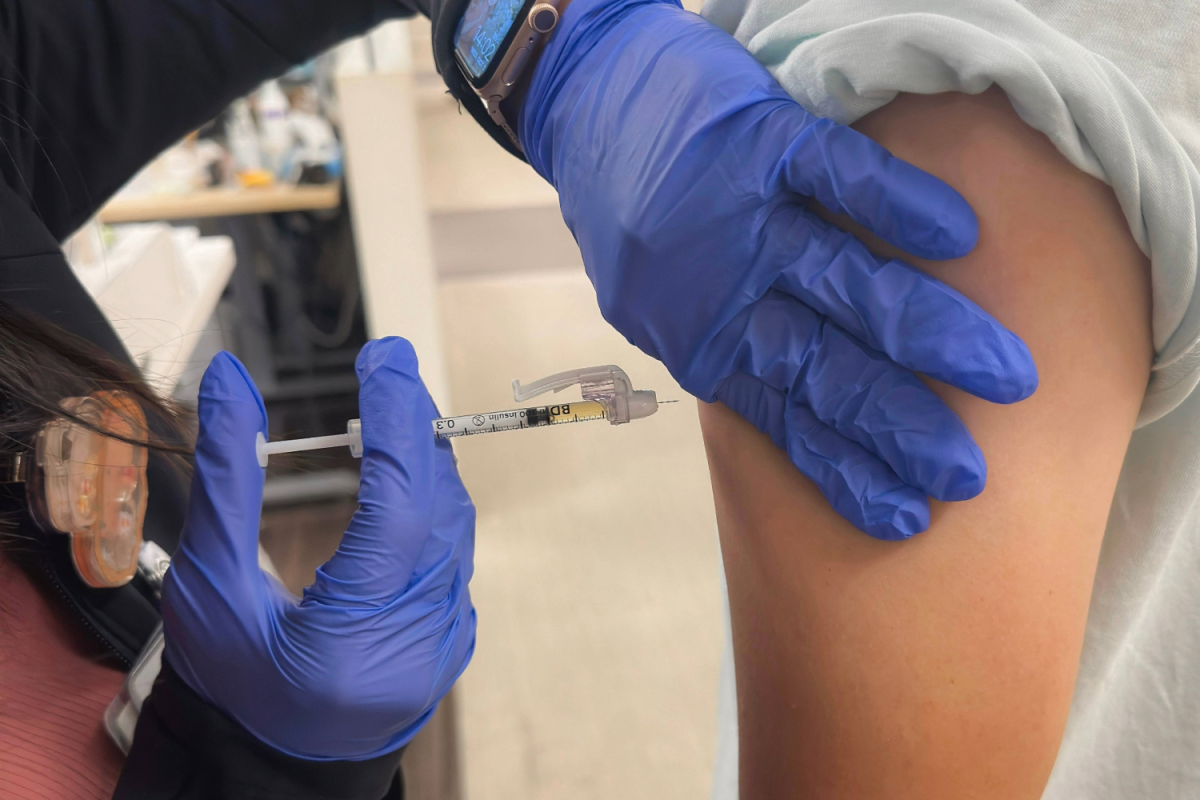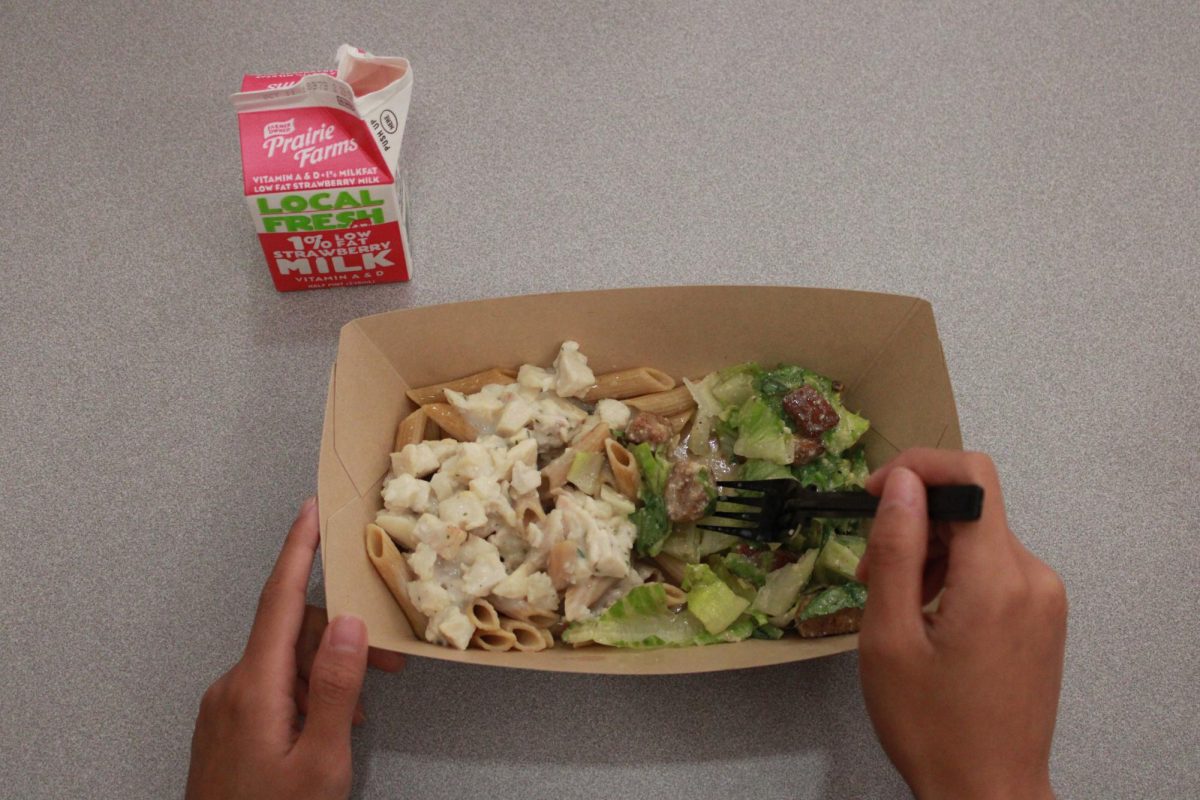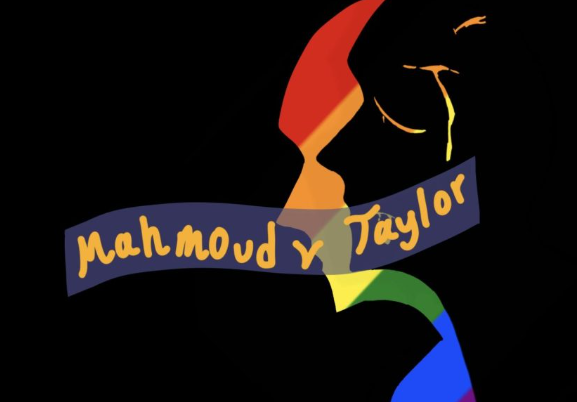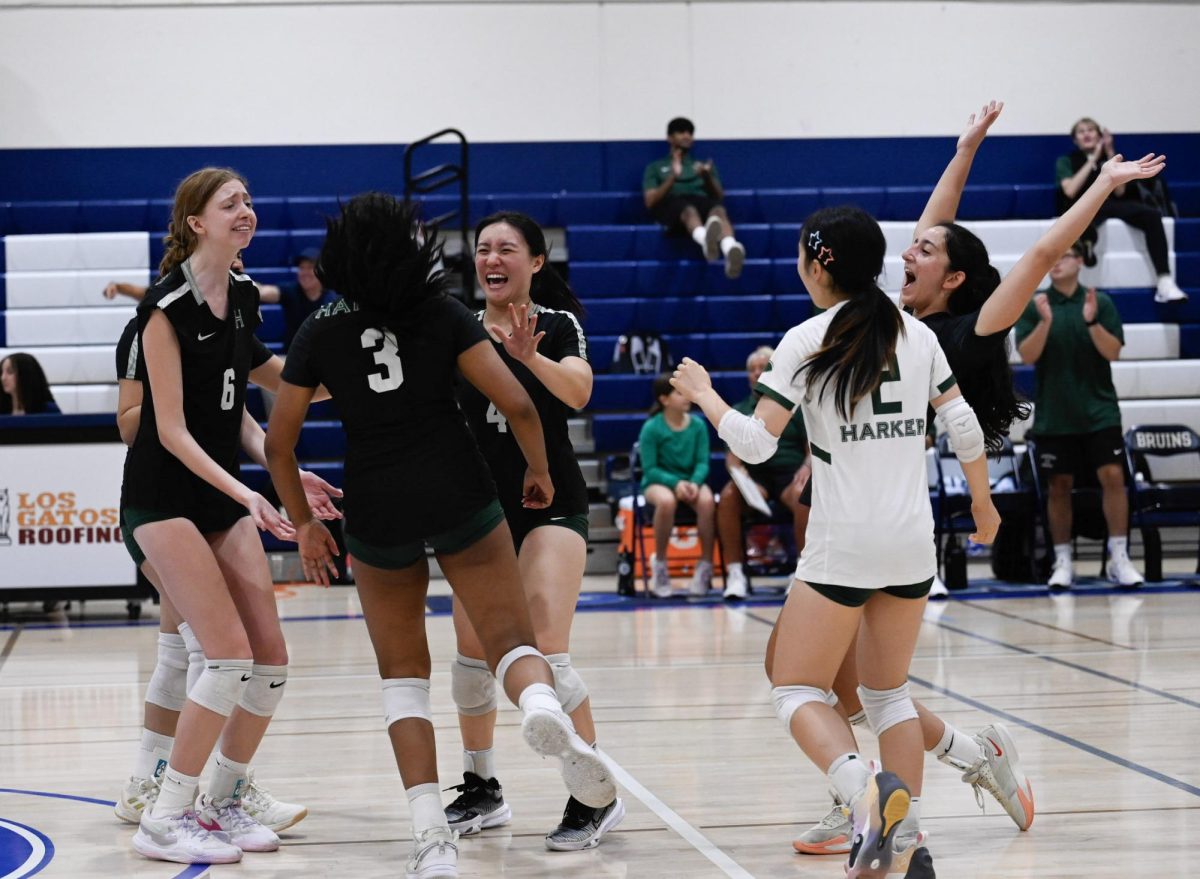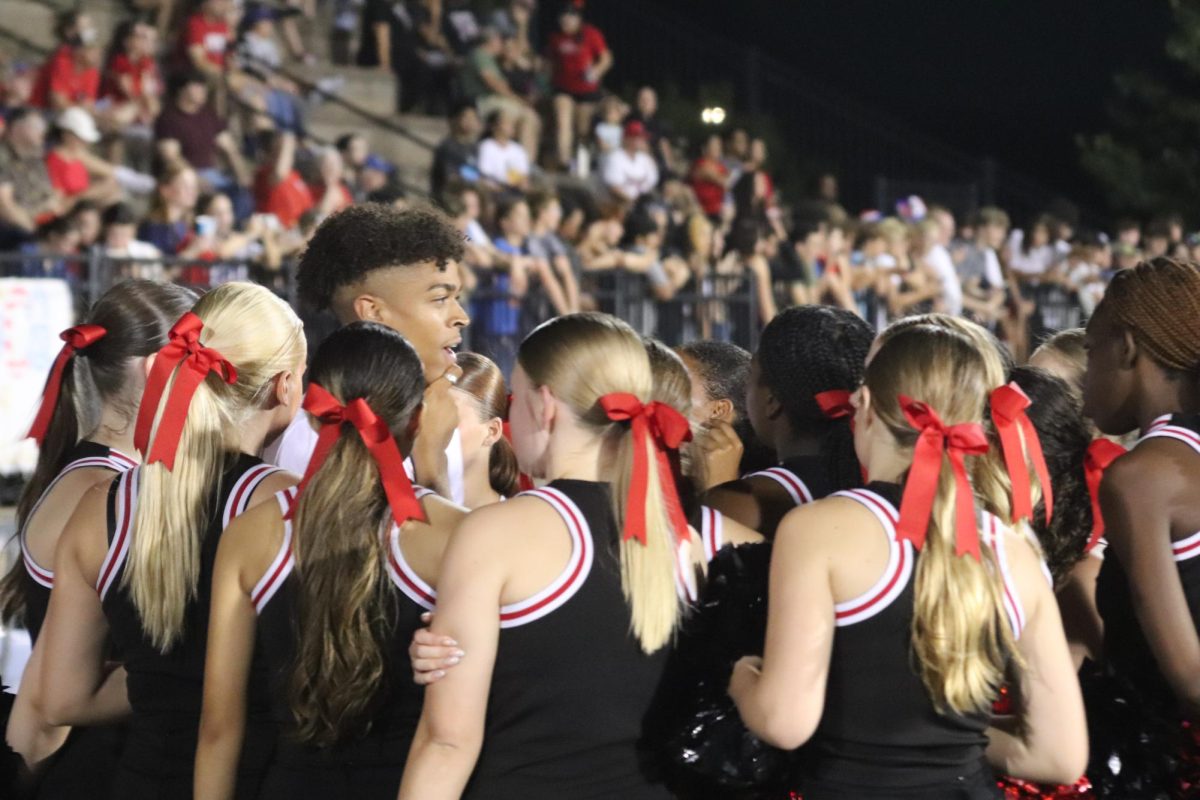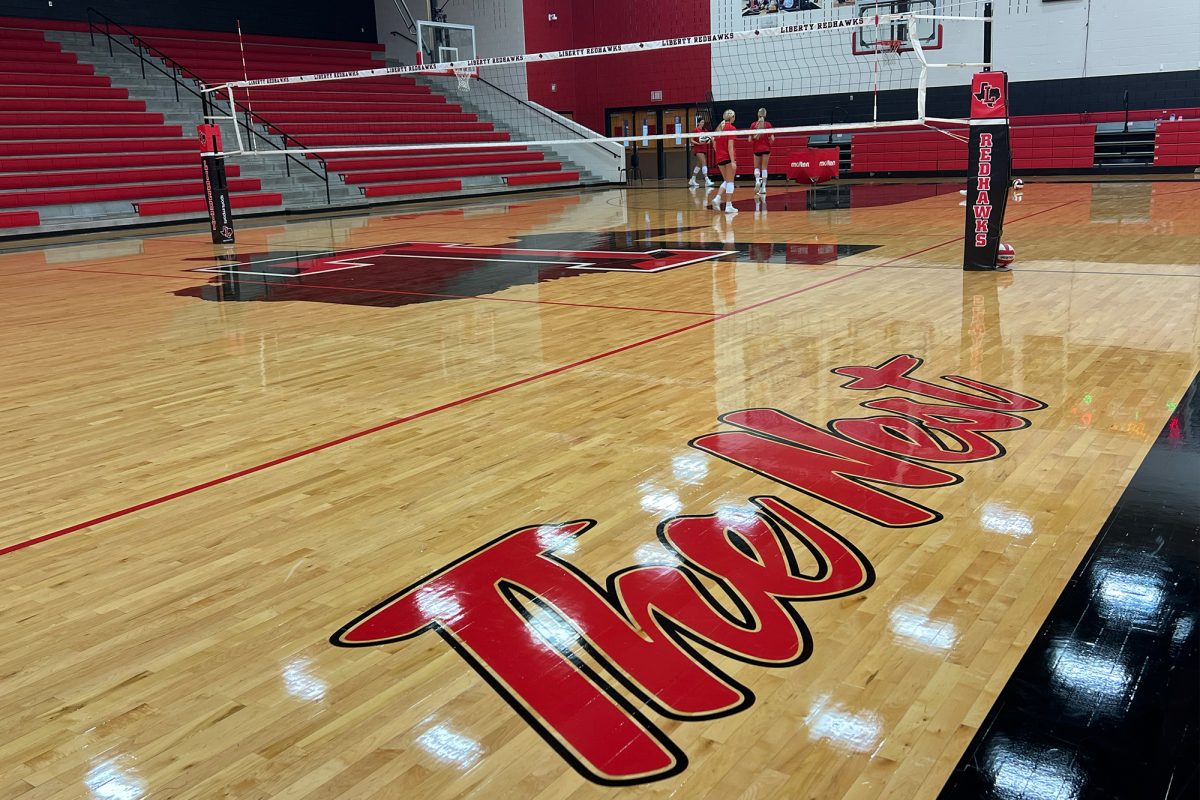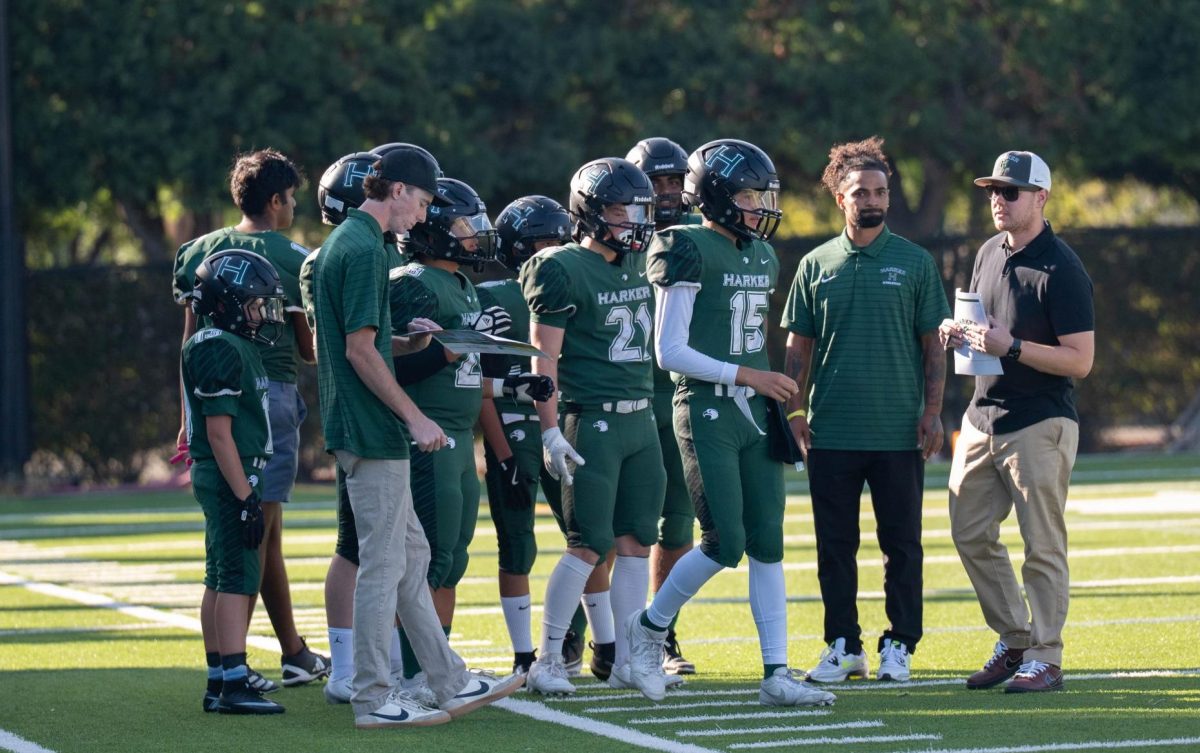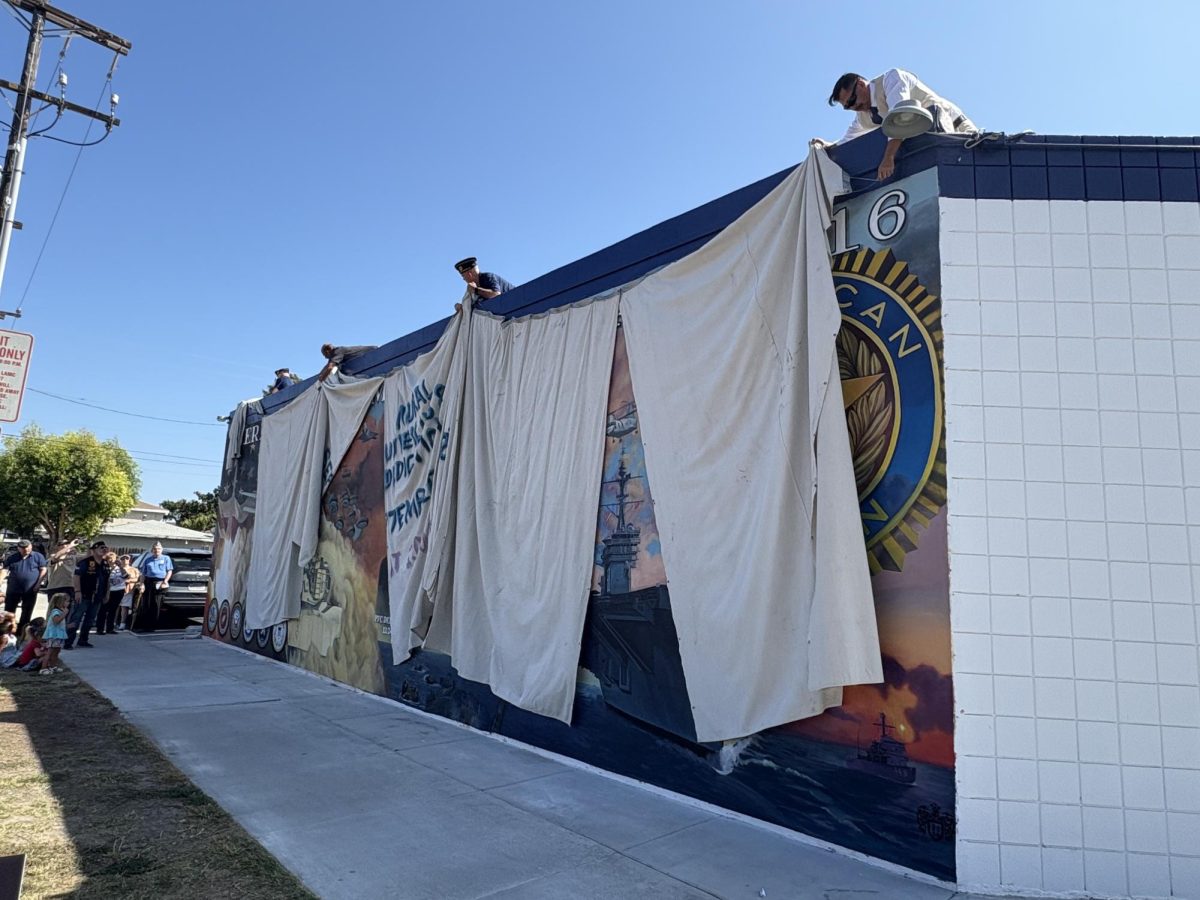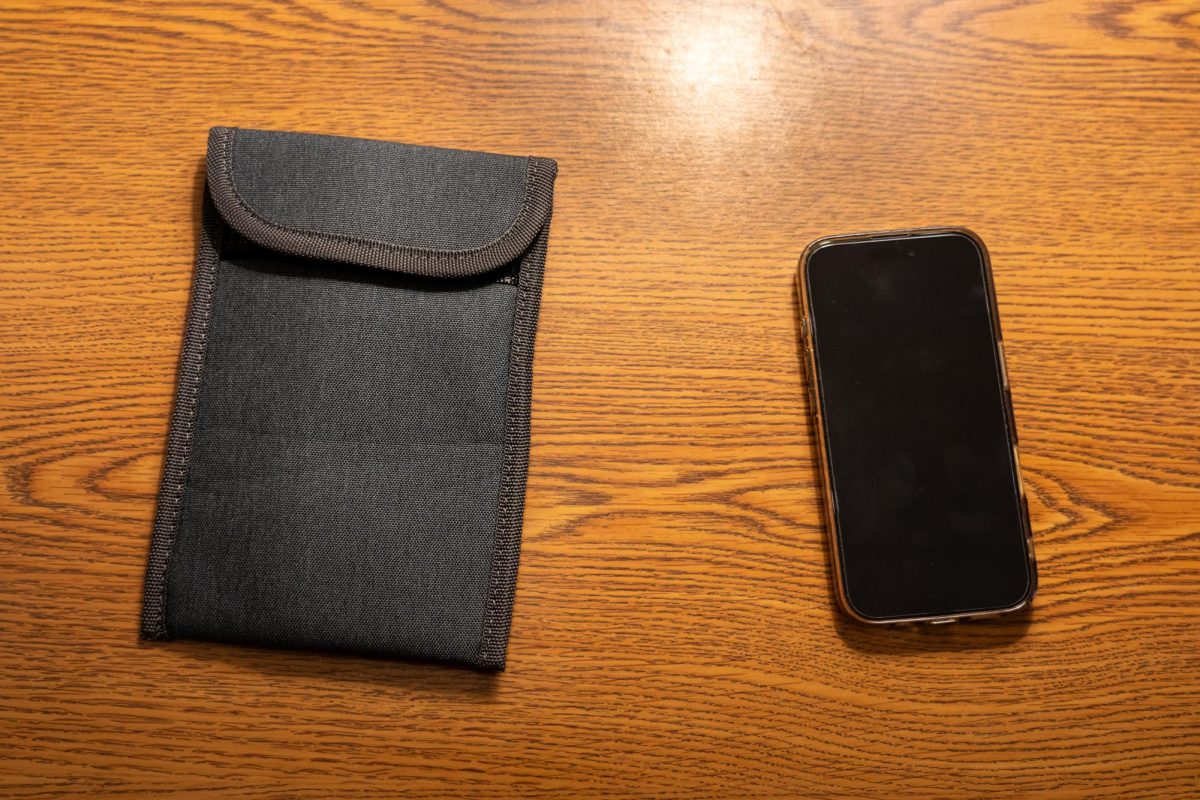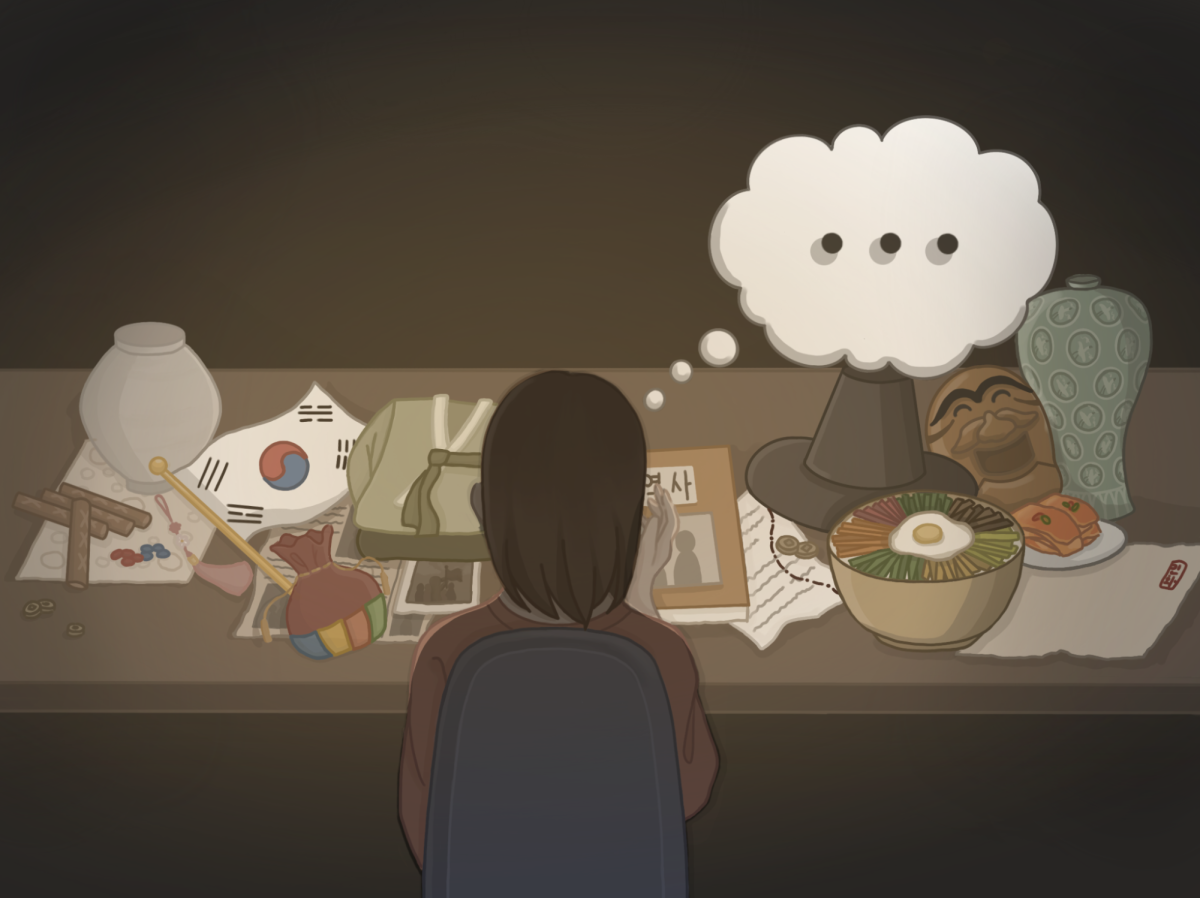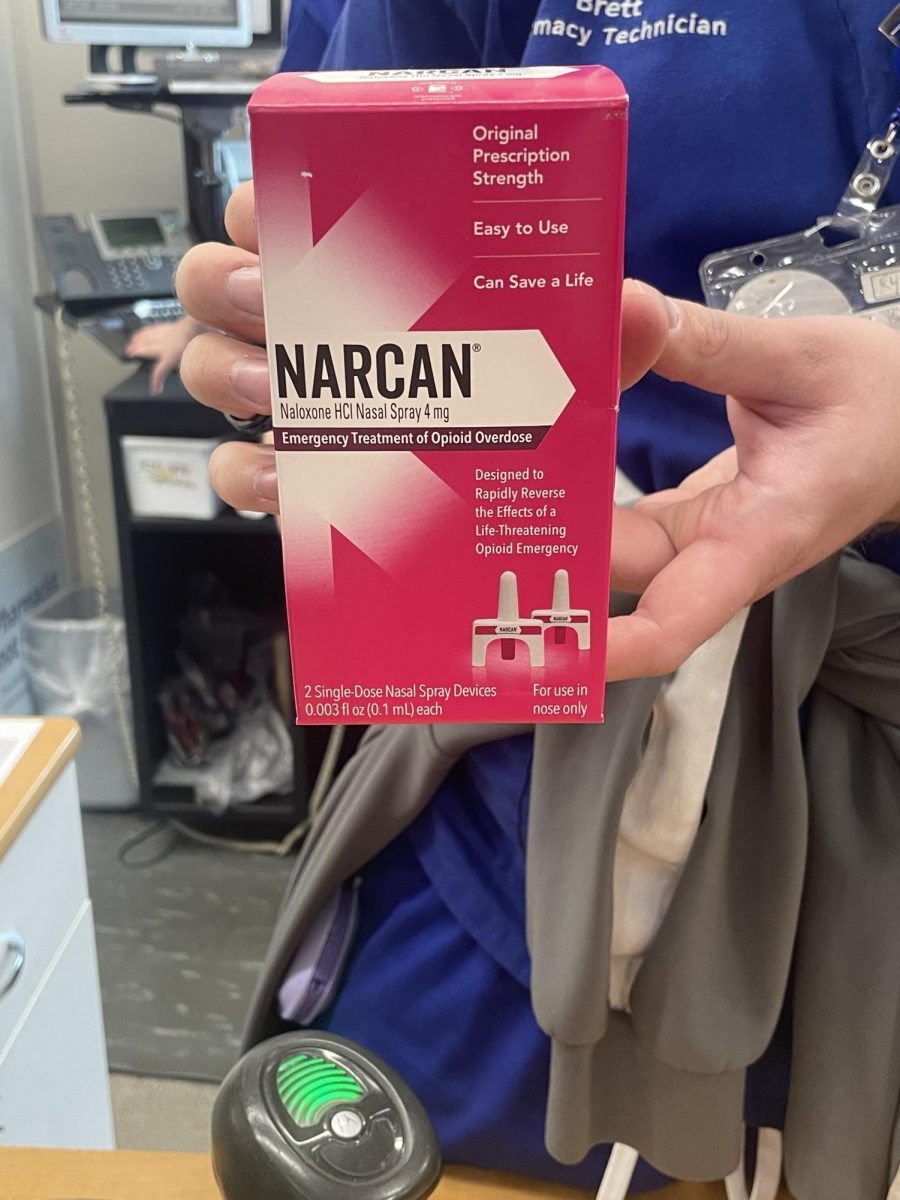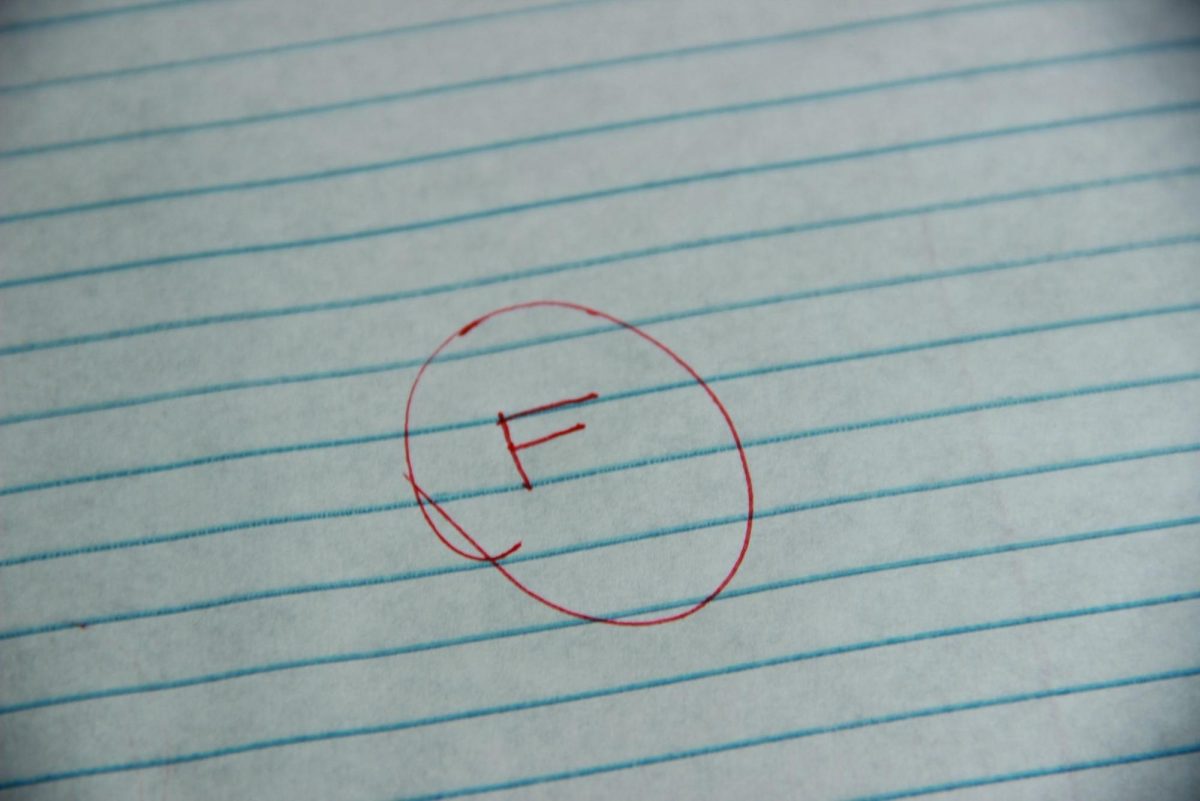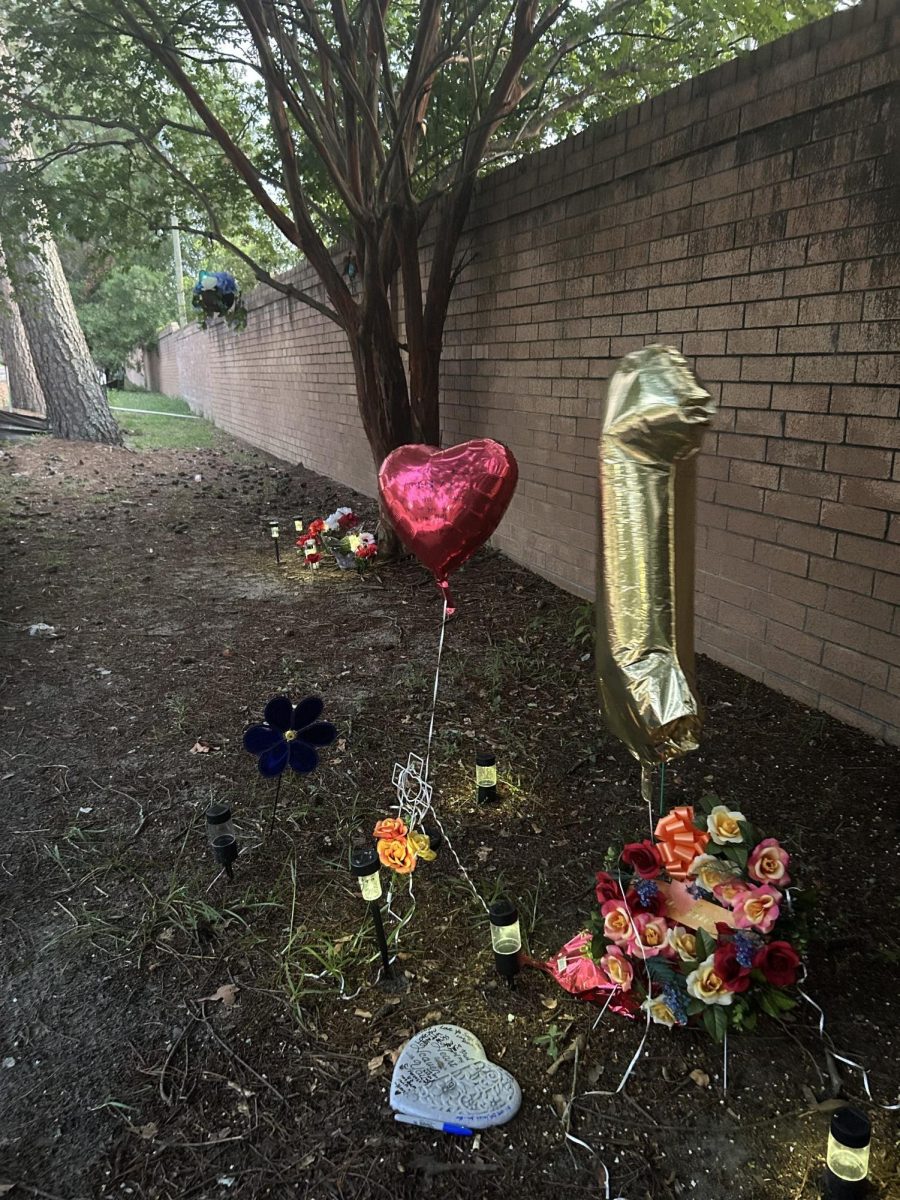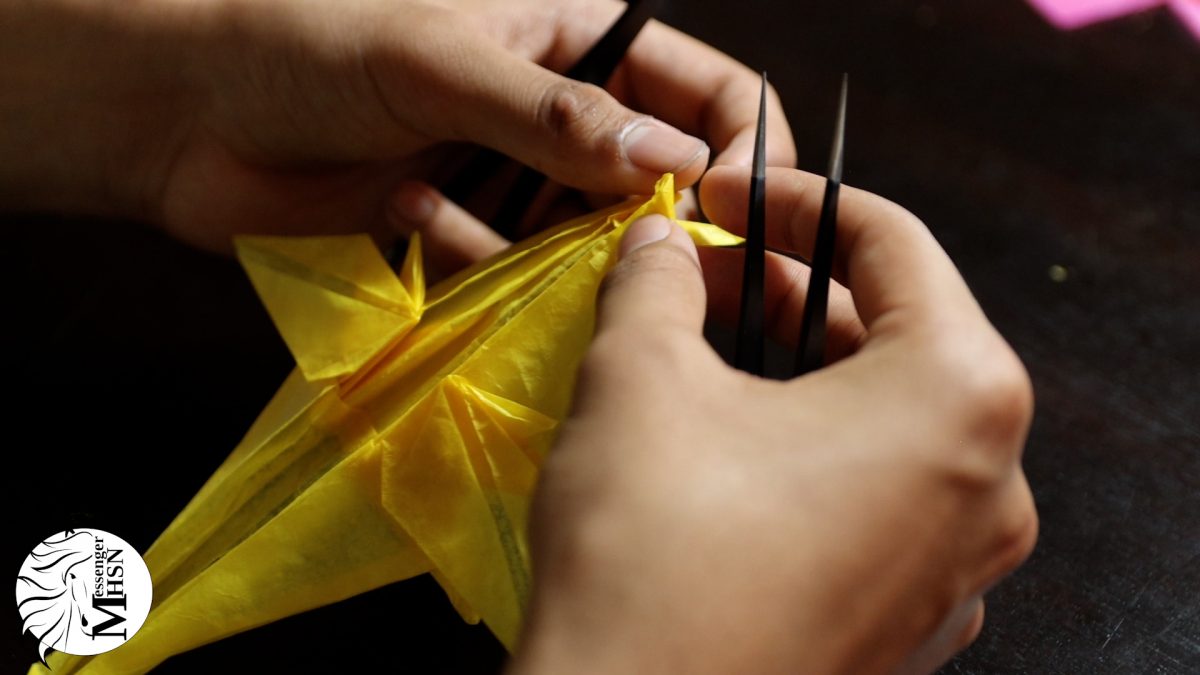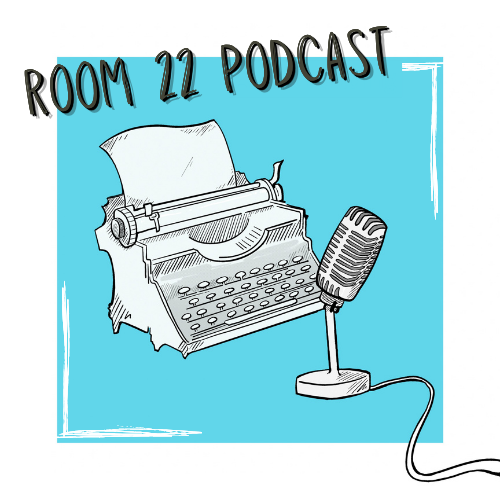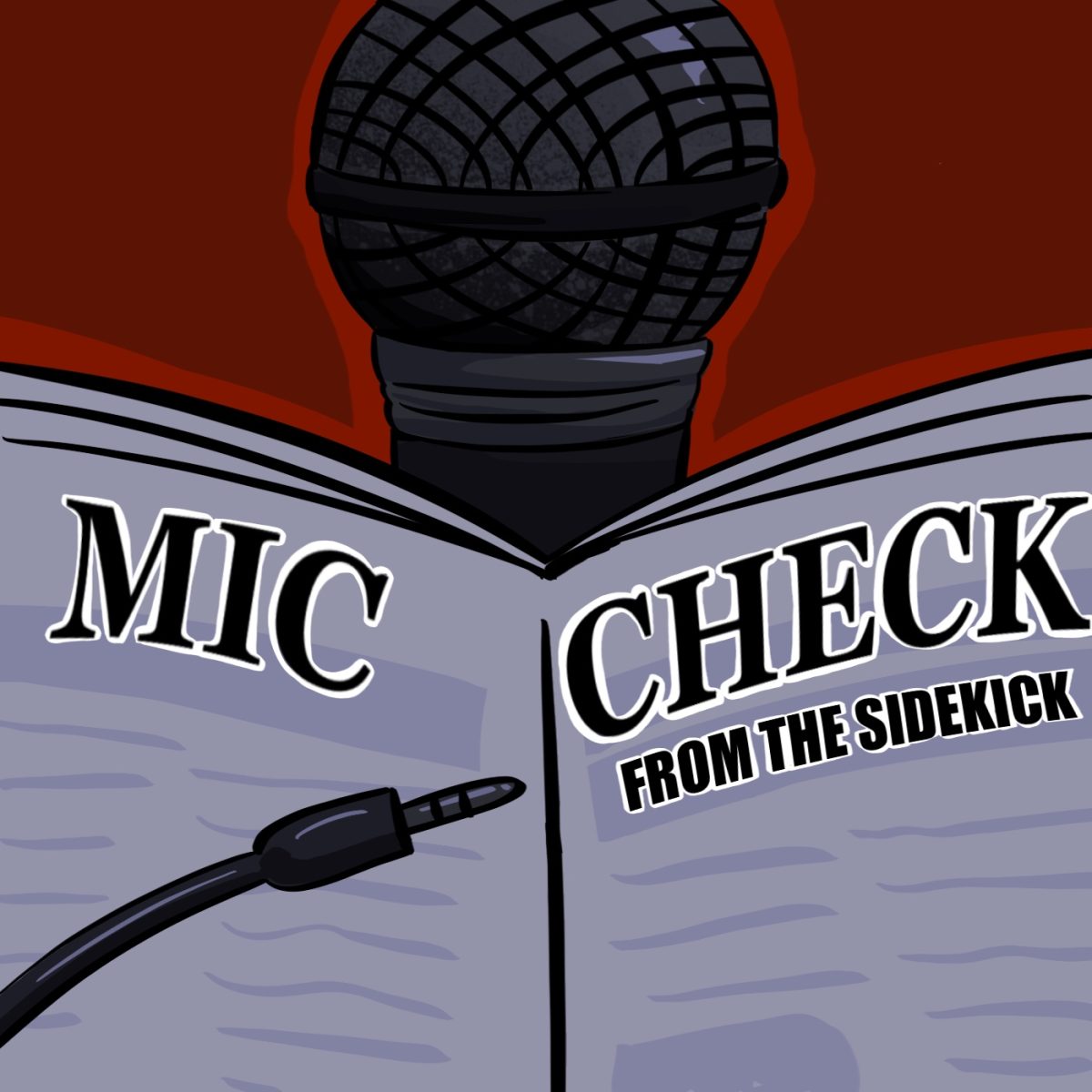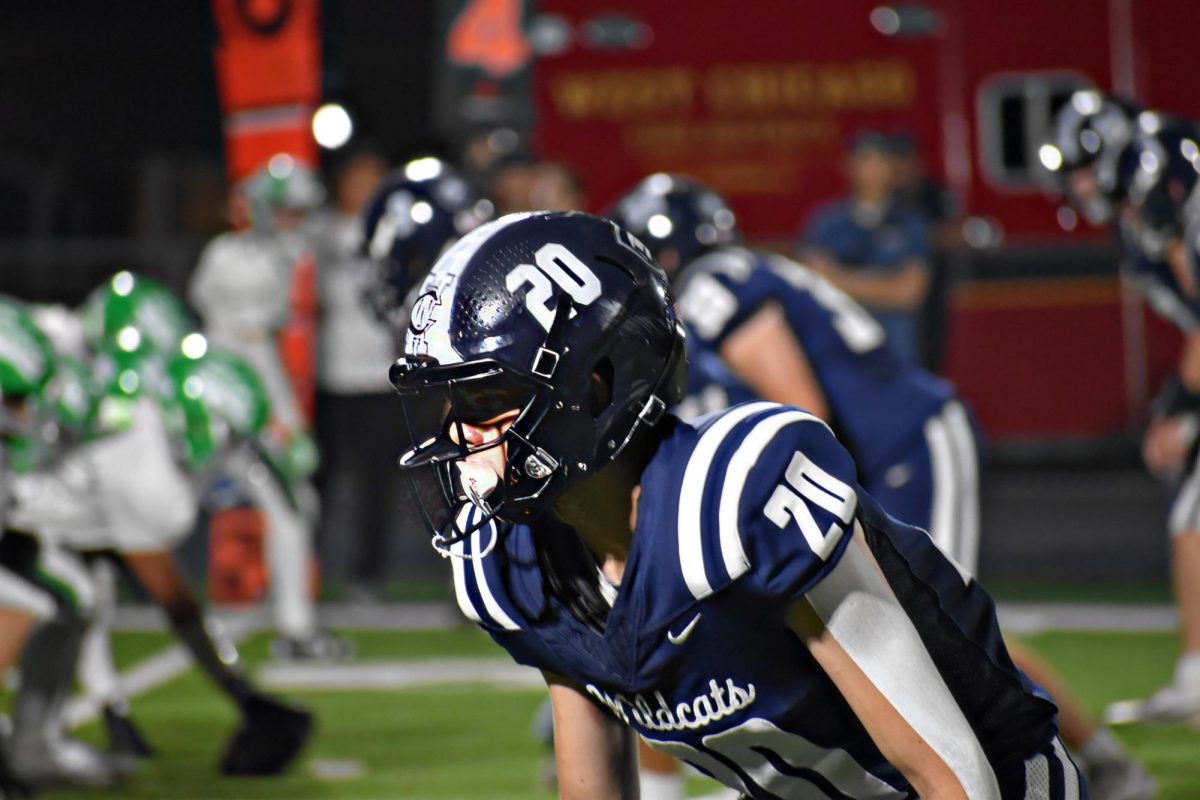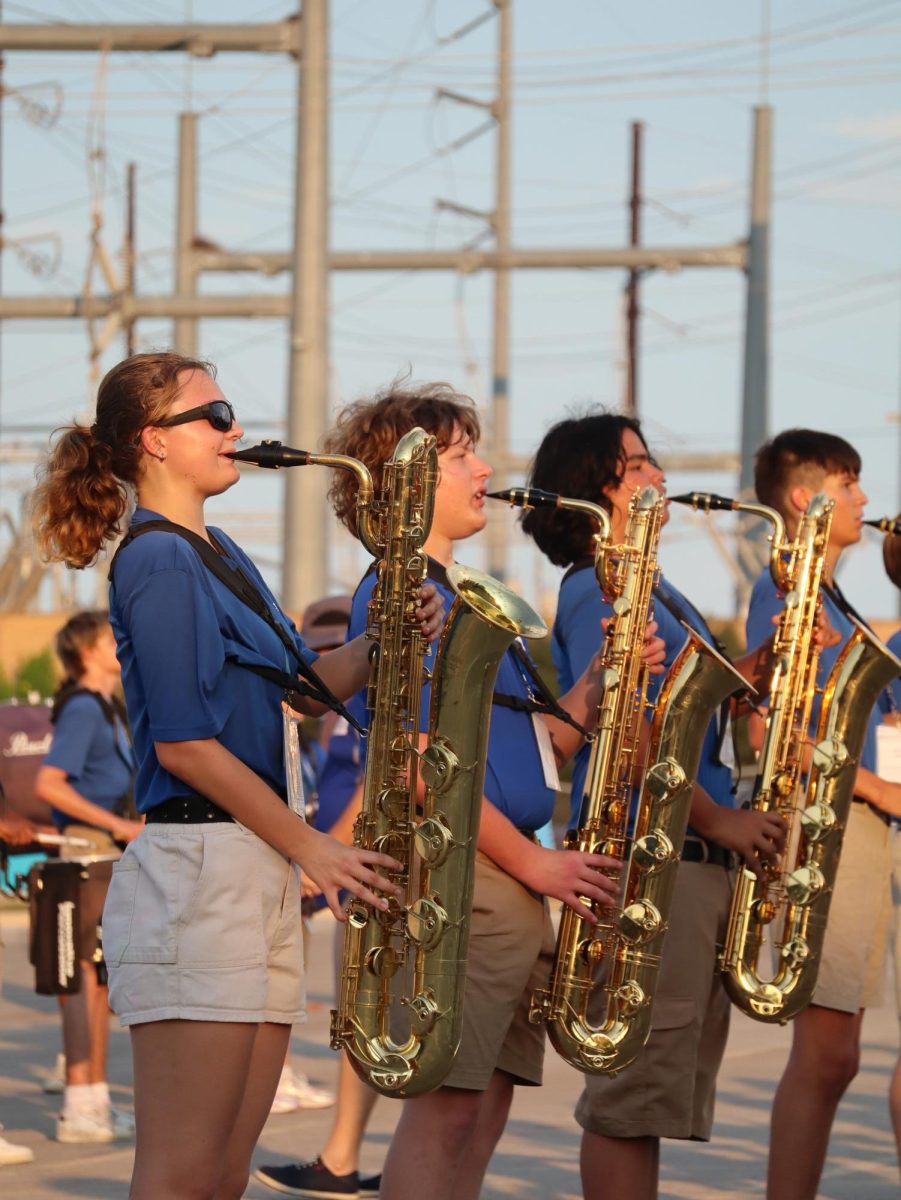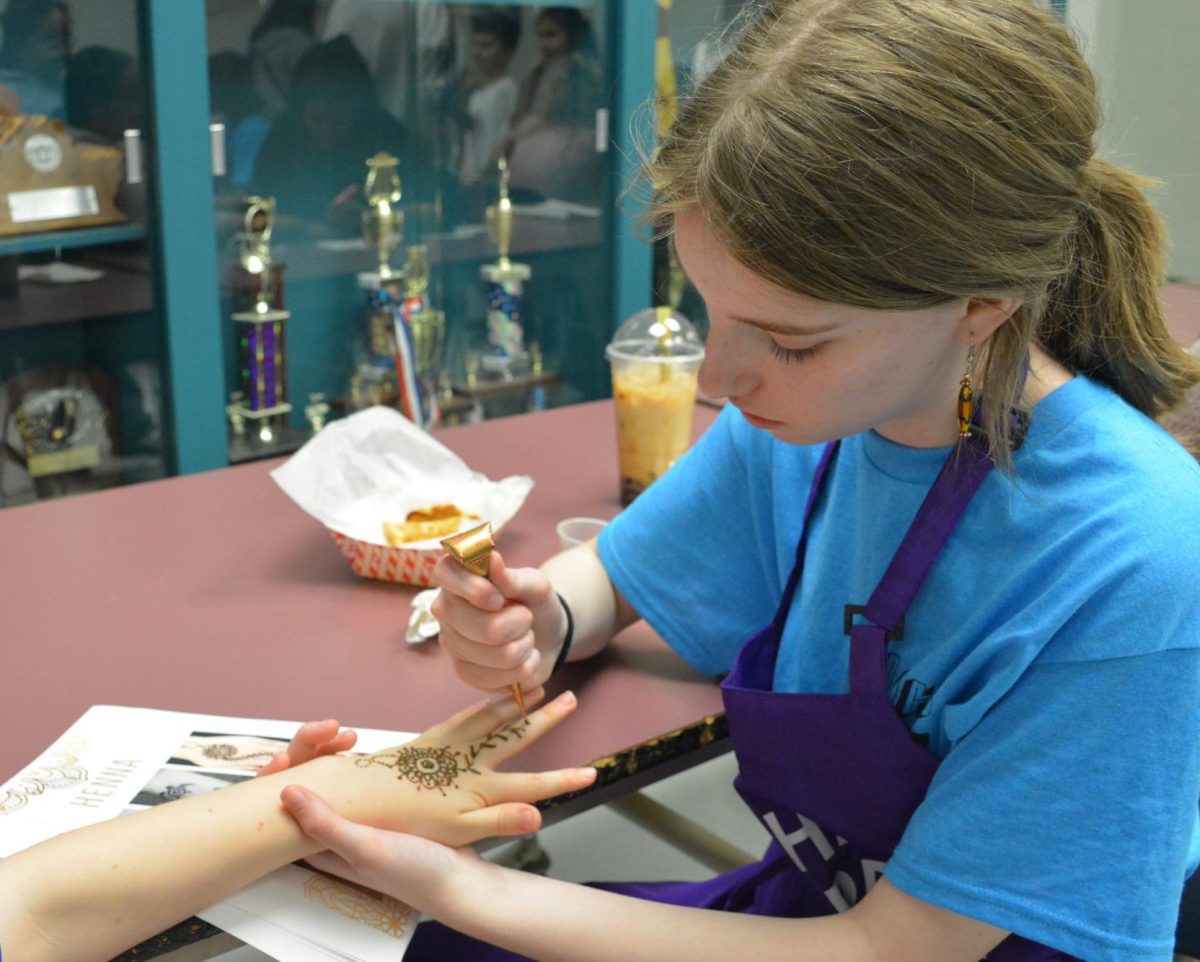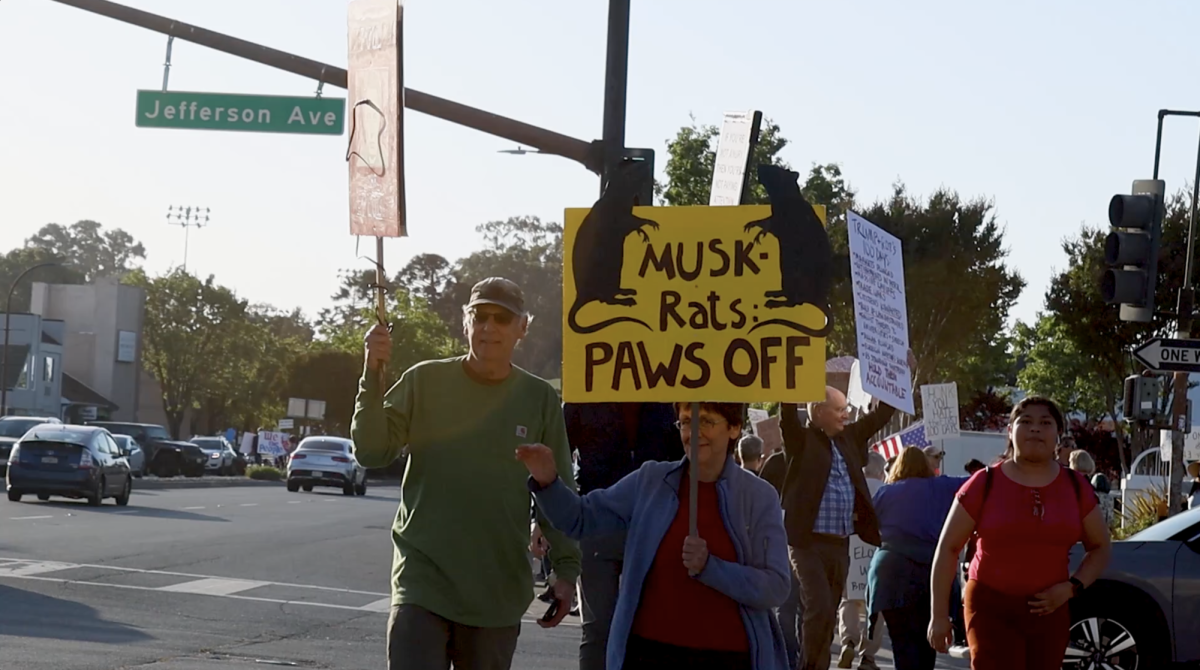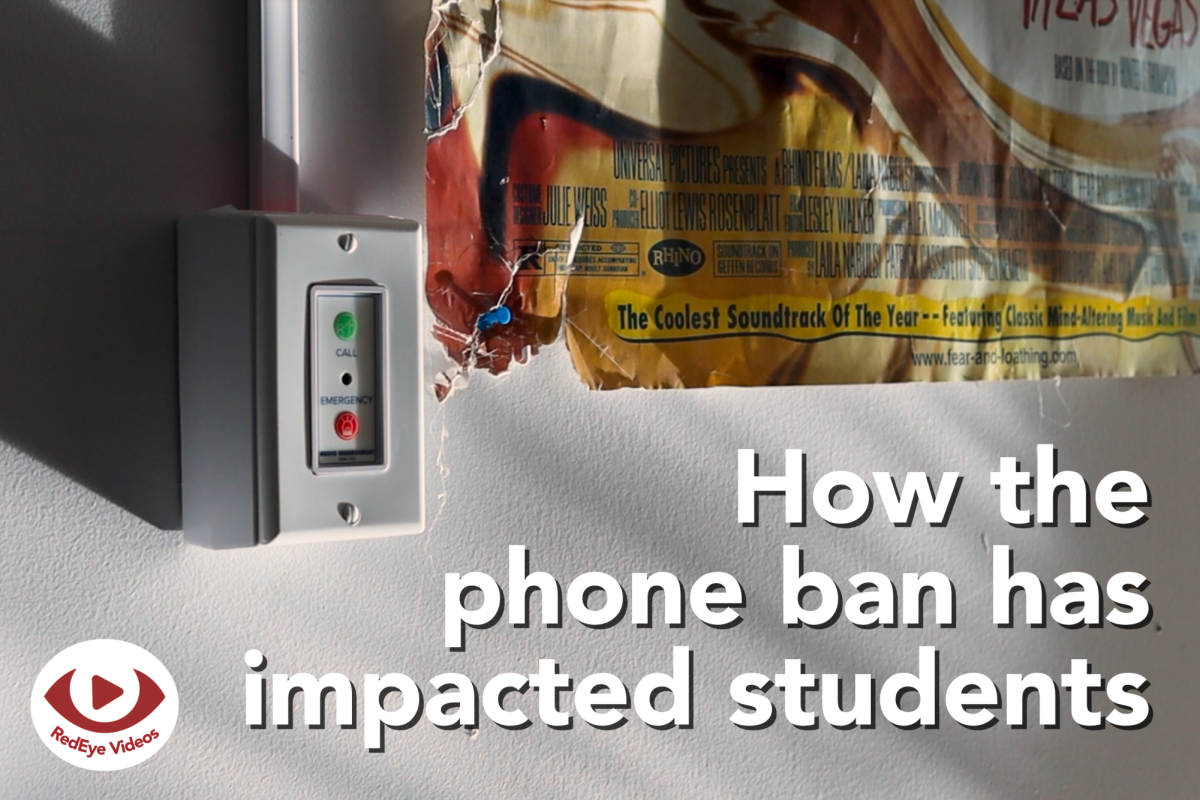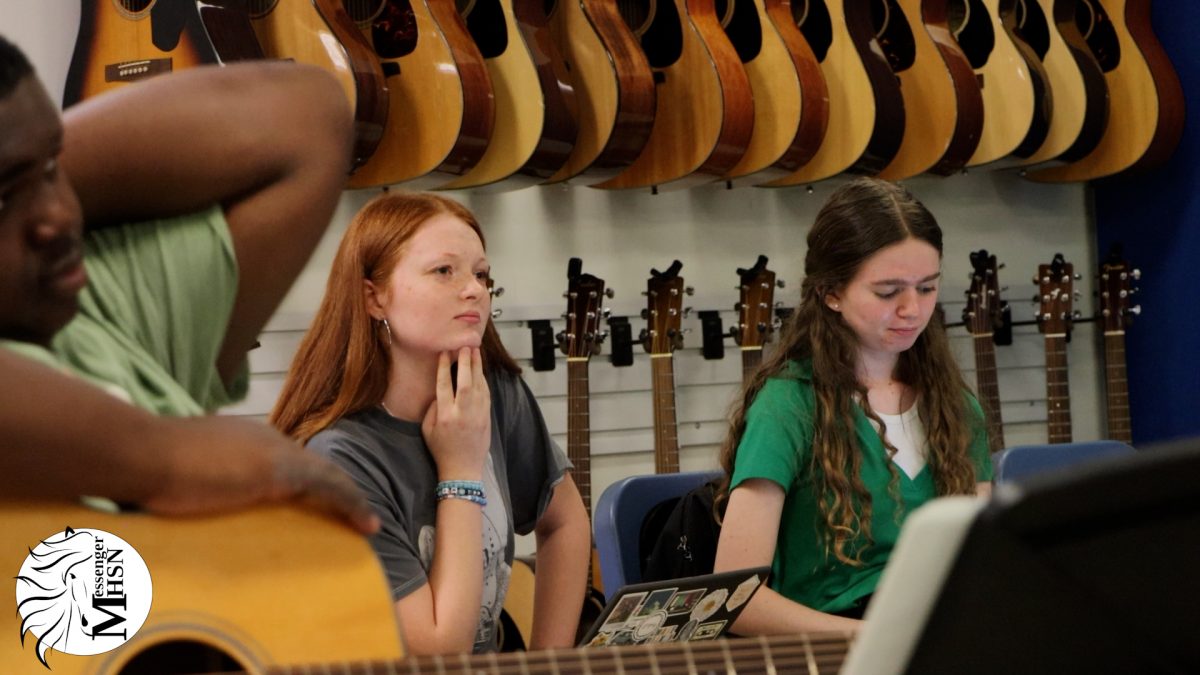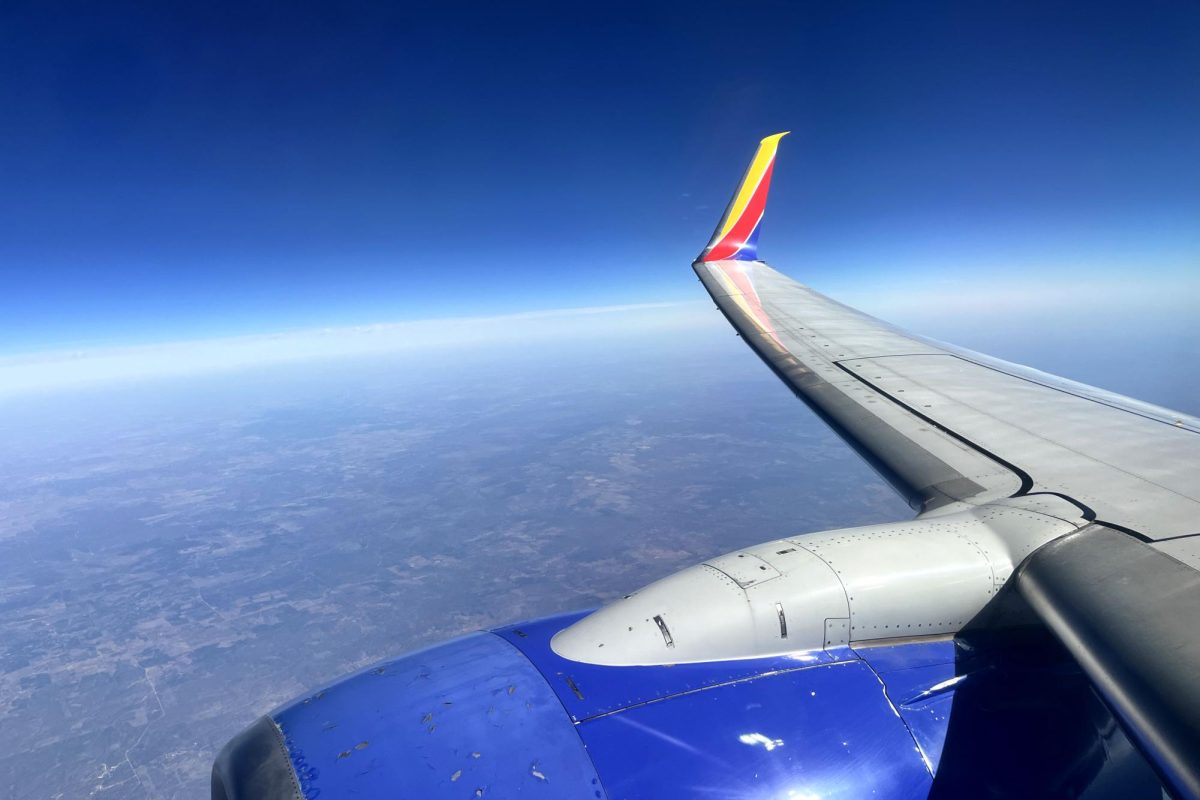In the interest of full disclosure, pilot Alyson Hsiao is the piano teacher of News Editor Emily Paschall (’26)
While scrolling on TikTok, you might notice your “For You” page bombarded by plane crash footage. Clicking into the comment section of one of these videos, you read comments ranging from, “I’m never getting on a plane again,” “something seriously is going on that we don’t know about” and “still safer than driving.”
Although many have been responding with fear and concern, a large group of people do not feel this way.
Whether it was Jeju Air Flight 2216 or the Potomac River collision between American Airlines Flight 5342 and United States Army Sikorsky UH-60 Black Hawk helicopter, there have been 153 aviation accidents since the start of 2025. TikTok users have expressed widespread concern through comment sections and their own videos, some stating that they have seen more aviation accidents in 2025 than any other year.
While some users have experienced an influx of plane crash videos on social media, statistics show there has not been an unusual increase in plane crashes in 2025. According to the National Transportation Safety Board, in January of 2024, there were 80 aviation incidents, while in January of 2025, 67 incidents occurred.
Despite this discrepancy, the grief and emotional impact of these aviation accidents remains heavy. As Hygea Healthcare puts it, “Plane crashes do more than capture media headlines — they strike deep emotional chords, triggering fear, anxiety and sadness.”
Passenger perspectives
The Cleveland Clinic found that more than 25 million adults have aerophobia. However, there is a large population of passengers who do not have this fear. News Editor Emily Paschall (’26) and Photography Editor Melinda Wang (’26) traveled to LAX to conduct interviews with plane passengers at multiple terminals, one of which being Yandi Birgen. Birgen recently traveled from Fort Moore, Georgia, and said he had not seen news of the crashes since he was just in military training, but he generally does not have a fear of flying.
“I’ve always been flying since I was little,” Birgen said. “I’ve always gone to Mexico, so it was just a normal thing. I don’t really get nervous about flying. I don’t even have thoughts of, like, ‘Oh, what if the plane crashes.’”
However, this is not the case for all travelers, and many feel differently from Birgen. In fact, Nathan Diller from USA Today reported that crashes often exacerbate passengers’ fear of flying. TikTok content creator Tarah Curley is a stay-at-home mom and films product reviews. Sitting by baggage claim at LAX, Curley said seeing the crashes on TikTok made her feel much more anxious and nervous for this flight.
“I see [plane crash footage] constantly,” Curley said. “So once I was invited [by] TikTok to go to LA, it had to sit with me for a few days before I decided because I have two little kids at home. Making that decision was difficult.”
On the other hand, Jim Fenton, who recently flew from Milwaukee, Wisconsin, to Dallas, Texas, and then to Los Angeles, said he does not think the attention around recent incidents has affected his personal view of aviation travel.
“I feel very safe flying,” Fenton said. “I’ve flown many, many times in my life, and I still think it’s a lot safer than, for instance, LA traffic. So I’d rather be in the air than in a car on the highway.”
Locally, Brentwood junior Luca Stephan said he’s been interested in planes and aviation since he was young, with a special interest in commercial planes and fighter jets. Stephan said he flies about 10-12 times a year, and that despite seeing the news of numerous plane crashes, he feels safe when flying.
All airlines are required to brief passengers on the safety regulations of flying before takeoff, whether it is through an oral briefing or a safety video. Stephan said he doesn’t see the safety briefings as settling, and even felt afraid from watching those videos before the plane’s takeoff as a child.
“Before I was 10, I would be very scared anytime we flew over water, because I’m like, ‘Oh, we’re going to have to sit in one of those little lifeboats, and no one’s ever going to come find us.’ But of course now, there’s technology, like GPS and stuff like that,” Stephan said. “So yeah, when you look at the way the media twists [recent crashes], they just show the worst parts because that’s what people are concerned about. And the safety video isn’t the most reassuring sometimes. I could definitely see why some people would start feeling nervous about aviation the way it’s going, the way the events that have happened — I would totally understand that.”
Misinformation and social media
News of recent plane crashes have not only been appearing on social media outlets. Many popular news sources, such as the Associated Press (AP) and New York Times, have reported extensively on the subject of plane crashes, which Stephan said could lead to fear-mongering among readers. Plane crashes are dramatic and concerning, Stephan said, but he thinks the media covers plane accidents excessively because they’re trying to get a story.
“When you look at this past month in terms of plane accidents, when you look the past two months, there’s two or three bigger ones that involve commercial planes — the American one and the recent Delta one — but there’s also countless little private planes that crash because there’s inexperienced pilots, and there’s two people on board, but no one cares about that,” Stephan said. “In an industry like aviation, if someone makes a bad investment in stocks, that’s human error. If you look in sports, if you throw a bad pitch or miss a game winning shot, that’s human error. It’s just in aviation, it gets spotlighted a lot more because lives are on the line.”
Unlike Stephan and Curley, Birgen said he has not seen major news outlets cover major plane crashes and aviation-related events, nor social media coverage of such events.
“Even if [a plane crash] does happen, it’s mostly like swept underway, like it never happened, like it’s there for like a day or two,” Birgen said.
Sitting near the baggage claim, Jeriko Rilloraza said he thinks many of the recent plane crashes were a result of pilot error and weather. Rilloraza added that through social media, he observed how many people are blaming the Canadian president for the Delta crash — even though he was not involved in the crash at all — which also ties into the fearmongering on social media platforms like TikTok.
“I’m mostly in the middle when it comes to politics, but I’ve read both sides,” Rilloraza said. “I’ve seen that the left basically fearmongers the most. Most of the things that they say, it’s you [have] to read through it and look at the other articles as well look at both sides.”
Stephan said it feels as if the increased reporting on aviation accidents is increasing can be attributed to recency bias and decreasing plane traffic levels.
“We’re still recovering from COVID. We’re getting very close to pre-COVID levels. Now, I think we might have hit them already, but for 2020, safest year on record because no planes flew,” Stephan said. “2021, 2022 — obviously you had less at airports. Everyone likes to look at the air traffic controllers as the culprits here, because people want to find someone to blame. Blaming the weather isn’t fun, which is kind of the case with the Toronto thing.”
Although social media reports on plane incidents have spread misinformation about the plane crashes, Hsiao said she has found some positive sources such as YouTube channels. The ability to access full press conference recordings on YouTube and pilots’ analyses of the crashes have helped inform the public and clear up speculations, she said.
“I find YouTube very helpful,” Hsiao said. “Instead of having a major NBC reporter reporting after the press conference, … you can find a direct recording of the press conference on YouTube … So I get to hear what the official has to say, instead of getting [information] through the filter of reporters who don’t understand aviation. So that’s what I like about YouTube. And then there’s a lot of experienced pilots out there, and there’s two channels I follow on YouTube [that] will wait until they have enough information, and then they will do an analysis video … People who don’t understand were trying to clickbait, [and] there’s a lot of them out there on Instagram, on TikTok, on YouTube, but there’s actually, if you look a little deeper, really good information.”
Pilot perspectives
After training as a student pilot for approximately four years, Alyson Hsiao got her private pilot’s license in 2024. Hsiao flies out of Santa Monica Airport, and she said she has been doing cross-country flights, meaning flights over 50 miles, to gain practice hours. She flies a single-engine, four-seater Cessna 172 that has 180 horsepower.
Hsiao described the routine checklist she goes through to ensure a safe flight and how recent aviation accidents inspire her to be extra meticulous in this process.

“I’ve been flying for about four years now, so I know [that] if I feel an ounce unsafe, I would not fly,” Hsiao said. “As a pilot, we always have a checklist of assessment to help you decide if you’re going to take this flight. So one is, I’m going to look internally — ‘Am I mentally healthy? Am I physically healthy? Can I fly?’ And then you look at the plane: ‘Is a plane equipped? Is everything working on the plane safe to fly?’ And then you look at the weather: ‘Is the weather safe to fly?’ And you look at the airport and the environment, ‘Is [the] environment safe to fly in this destination? Safe for me to land?’ … Watching these incidents, if anything, [makes] me look at the checklist closer.”
Freshmen Georgia Wilder has been training to be a pilot since she was 9 and practices for her license at Santa Paula Airport. Wilder said she is obtaining a pilot’s license to follow in her footsteps of her father, who is an aerobatic pilot, and the aviation accident-related fearmongering on social media has not made her more fearful of flying.
“Since I’m a pilot and I’m in control of the aircraft, it doesn’t really make me fear anything. I think that because we do our preflights, which is just going through the plane — making sure everything looks good — usually nothing bad will happen,” Wilder said. “It’s just all about the preflights and making sure everything looks good. Me and my dad don’t really get scared by that because we have so much control, but passengers might be a little more skeptical of it. Say the engine fails — a plane’s never going to fall from the sky. [A pilot has to lose control] before bad things can happen. So [aviation accidents are] a mix of the pilot, the plane and how experienced you are.”
The probability for an American to be killed in a plane crash is 1 in 11 million, according to PBS. Wilder said she advises passengers and those who are not as informed on aerodynamics to have trust in pilots, as they are professionals.
“The pilots know what they’re doing. The pilots I’m around all the time, they are trained. They’re highly skilled, they know what to do in bad situations — my dad definitely does when we’ve been through bad situations. We get through them and it’s all part of [the] learning,” Wilder said. “I reassure myself, like, I’m not going to fall out of the sky. I’ll be fine — I’ll figure it out since I’m in control of the plane.”
Although she does not feel an increased amount of fear, Hsiao said she does feel an impact from the proximity of the crashes.
“As a private pilot, when I hear airline incidents, it doesn’t immediately concern me because I fly different kinds of airplanes, and it’s different procedures,” Hsiao said. “But to have them almost back-to-back, that definitely created some mental fatigue.”
This story was originally published on The Oracle on April 10, 2025.



